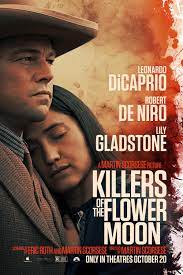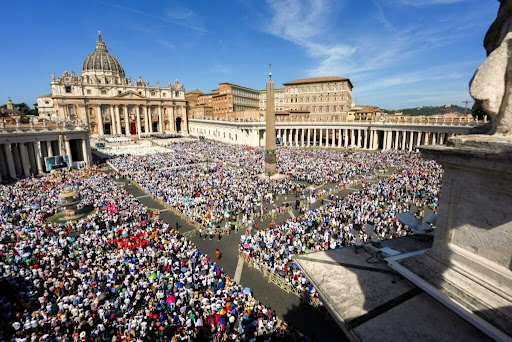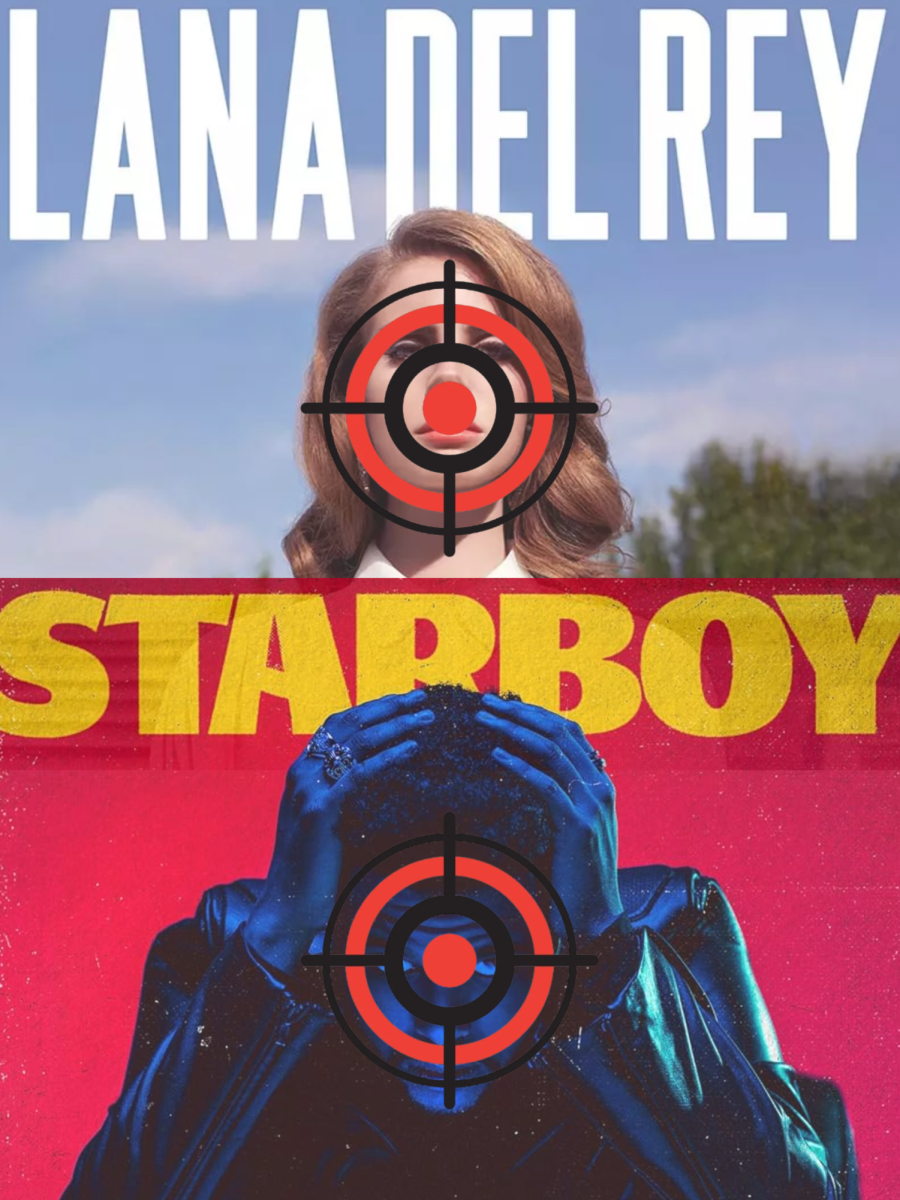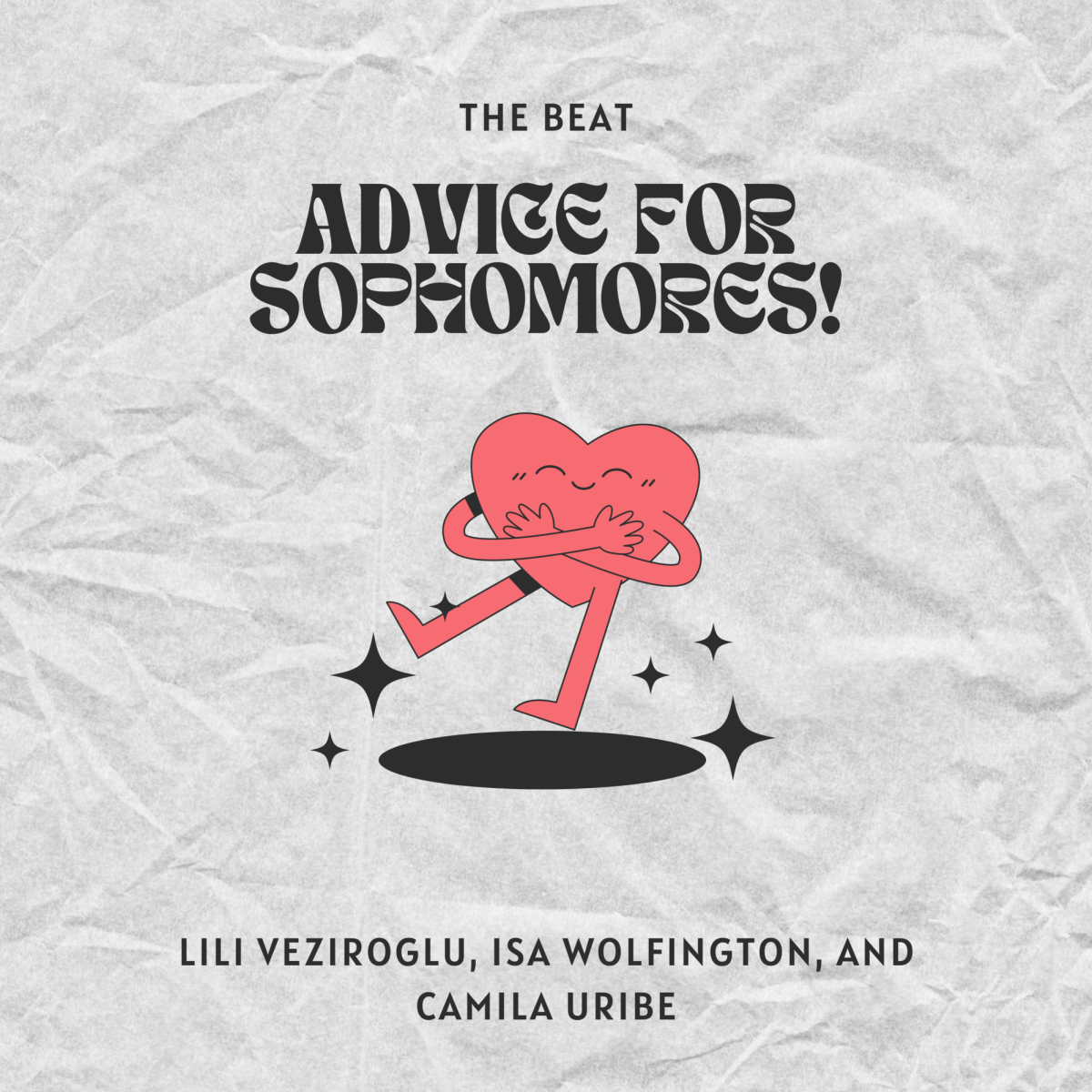
Martin Scorcese’s “Killers of the Flower Moon” draws us into the enthralling narrative through its awe inspiring cinematography and vivid set design.
Rodrigo Prieto, long-time collaborator of Scorcese’s and cinematographer of “Killers of the Flower Moon,” opens the movie with beautiful shots of Oklahoma terrain and the land that originally belonged to the Osage Nation. This land gave the Osage access to oil, making them the world’s richest group of people per capita throughout the 1920s.
Aspects of the seemingly simple set design such as the vintage and elegant cars, the grand homes in which the Osage live, along with the vibrantly colored costumes and stunning jewelry immediately display the immense wealth of the Osage and transport viewers into early 1900s Oklahoma. Jacqueline West, the costume designer for the movie, demonstrates the culture and beauty of the Osage masterfully through the traditional Osage dresses worn throughout the movie.
The score by Robbie Robertson, a descendant of the First Nations and long-time Scorsese collaborator, perfectly underscores the themes and sentiments of the movie using aspects of traditional Native songs from his childhood, mixed in with a largely blues-centered score.
Although the movie is based on the novel, “Killers of the Flower Moon: The Osage Murders and the Birth of the FBI,” which goes into detail about the beginnings of the Bureau and the investigation of the Osage murders, Scorsese chooses to delve further than the novel into the repercussions on the Osage tribe. He also tells the story from from the perspective of Ernest Burkhart (Leonardo DiCaprio), Mollie’s husband and the nephew of William Hale, instead of through the perspective of the detective, emphasizing the impact of the murders over the thrill of the investigation.
The oil rich land and ensuing wealth of the Osage people attracted the attention of many who began plotting to plunder the wealth for themselves through any means necessary.
In order for white people to get the tribe’s wealth, the greed of many white people resulted in land disputes, rocketing William King Hale (Robert De Niro) into immense wealth. The greed these people have, enabled by racism, cause the Osage to become homicide victims in a complex mass murder plot.
The story is a profound look into how wealth was very often a direct result of racism and discrimination. In fact, the dehumanization was so deep rooted in US culture, that William Hale was able to order his henchmen to murder the Osage as if the deaths were meaningless.
The film is not a mystery; Scorsese makes it incredibly obvious who is carrying out the murders–Hale and all his white helpers–but because of racism, everyone keeps turning a blind eye. The movie goes so far as to show President Calvin Coolidge physically turning away from Mollie (Lily Gladstone) when she tries to beg him for help looking into the murders.
The movie powerfully demonstrates the violent effect racism had on the Osage. Through Lily Gladstone’s versatile depiction of Mollie, audiences are witness to Mollie’s rapid shift from a vibrant and resilient individual to a weak and desperate person due to the effects of Ernest poisoning her.
Equally, Dicaprio’s riveting portrayal of Ernest Burkhart leaves viewers pondering throughout the movie and afterwards how Ernest, who claims to love Mollie, can attempt to kill her. The actors and Scorsese approach the plot with a sense of emotional authenticity, not as a historical narrative, driving home the main point that these murders were not simple open and shut cases, but that they really happened and brought lasting impacts for generations to come.






































Paola Consuegra • Dec 25, 2023 at 9:15 am
Can’t wait to see it!!!!
Isabella Wolfington • Nov 28, 2023 at 10:55 pm
Amazing article. Can’t wait to see the movie!